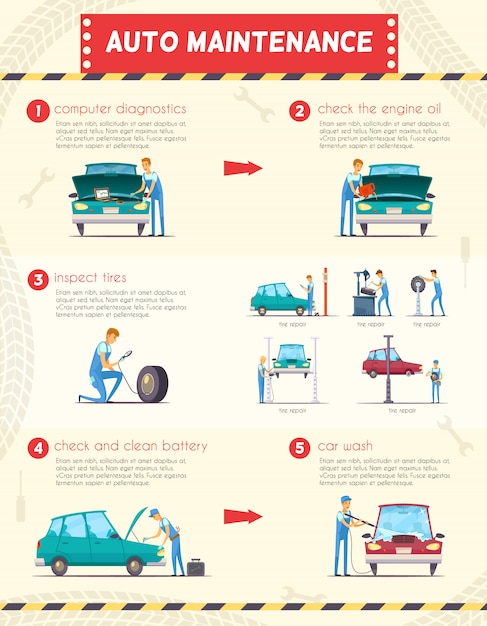Interpreting Your Automobile'S Alert Lights: Their Real Effects
Interpreting Your Automobile'S Alert Lights: Their Real Effects
Blog Article
Web Content Author-Hartley Corbett
When you lag the wheel, those glowing warning lights on your control panel can be a bit bewildering. Do you recognize what they're attempting to inform you regarding your car's health and wellness? Recognizing the importance of these lights is important for your safety and the longevity of your automobile. So, the next time one of those lights turns up, wouldn't you intend to analyze its message accurately and take the required actions to resolve it?
Common Caution Lights and Interpretations
Determine common caution lights in your car and comprehend their definitions to guarantee risk-free driving.
One of the most regular warning lights consist of the check engine light, which signals concerns with the engine or emissions system. If this light comes on, it's vital to have your automobile examined quickly.
car cleaning services warning light suggests low oil pressure, calling for prompt focus to prevent engine damage.
A blinking battery light may recommend a damaged charging system, potentially leaving you stranded otherwise dealt with.
The tire stress surveillance system (TPMS) light notifies you to reduced tire stress, affecting lorry stability and fuel effectiveness. Disregarding this can bring about harmful driving problems.
https://driversclassnearme40628.develop-blog.com/37781896/tips-for-situating-a-trustworthy-car-repair-shop-near-you indicates a trouble with the anti-lock stopping system, compromising your ability to stop quickly in emergencies.
Lastly, the coolant temperature cautioning light warns of engine getting too hot, which can result in severe damages otherwise fixed swiftly.
Understanding these usual caution lights will certainly help you deal with concerns without delay and keep risk-free driving conditions.
Value of Prompt Interest
Recognizing the usual caution lights in your vehicle is just the primary step; the value of quickly resolving these cautions can't be emphasized sufficient to ensure your safety when traveling.
When a caution light illuminates on your control panel, it's your car's way of communicating a prospective problem that requires attention. Ignoring these warnings can bring about more serious issues later on, compromising your security and possibly costing you much more out of commission.
Trigger attention to alerting lights can stop break downs and mishaps. As an example, a flashing check engine light could indicate a misfire that, if left ignored, can cause damages to the catalytic converter. Addressing go to this web-site can save you from a pricey repair work.
Likewise, a brake system cautioning light could signal low brake fluid or worn brake pads, important parts for your safety and security when driving.
Do It Yourself Troubleshooting Tips
If you see a caution light on your dashboard, there are a couple of do it yourself repairing pointers you can attempt prior to looking for expert aid.
The primary step is to consult your auto's manual to recognize what the specific warning light indicates. Sometimes the concern can be as basic as a loosened gas cap activating the check engine light. Tightening up the gas cap might deal with the trouble.
One more typical problem is a low battery, which can trigger numerous warning lights. Inspecting the battery connections for corrosion and guaranteeing they're safe and secure could repair the trouble.
If a warning light persists, you can try resetting it by disconnecting the car's battery for a couple of mins and afterwards reconnecting it. Additionally, checking your lorry's fluid degrees, such as oil, coolant, and brake liquid, can help troubleshoot cautioning lights connected to these systems.
Final thought
Finally, understanding your cars and truck's warning lights is vital for maintaining your vehicle running efficiently and safely. By promptly attending to these alerts and understanding what they mean, you can avoid costly repairs and possible breakdowns.
Keep in just click the following website to consult your vehicle's handbook for specific information on each cautioning light and do something about it as necessary to ensure a hassle-free driving experience.
Keep educated, remain secure when traveling!
